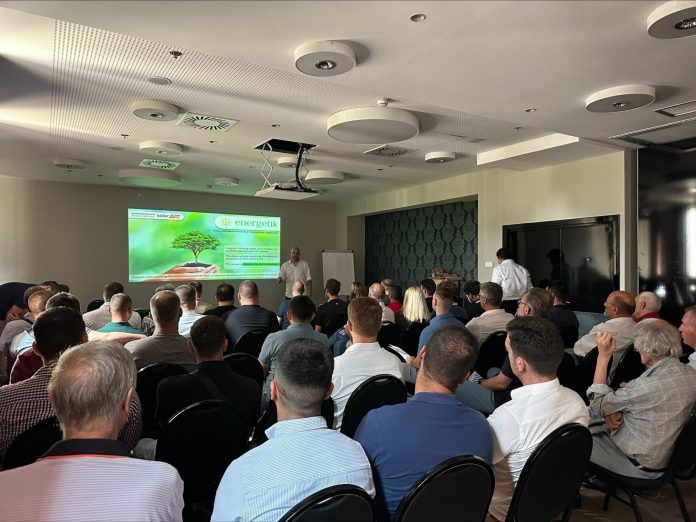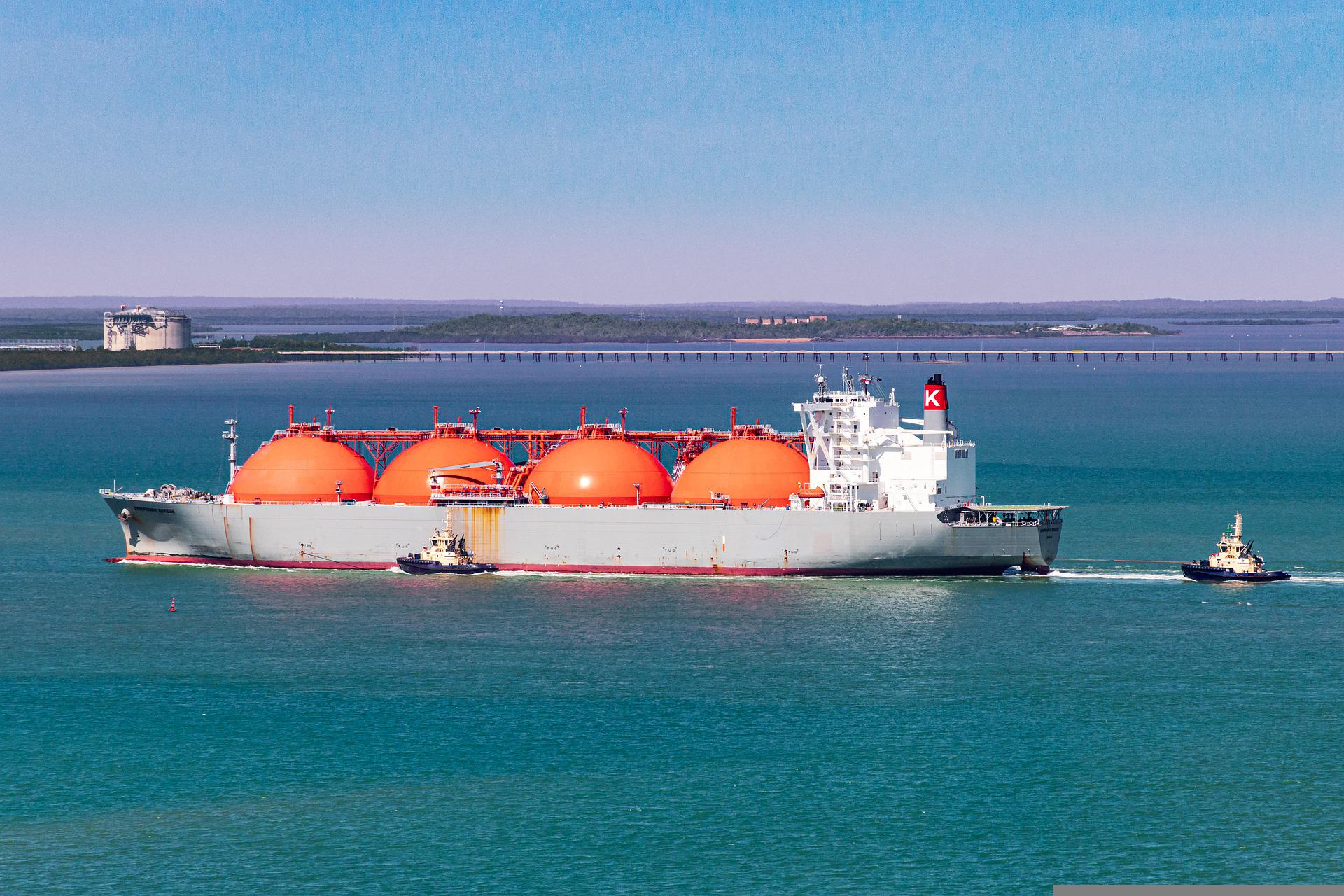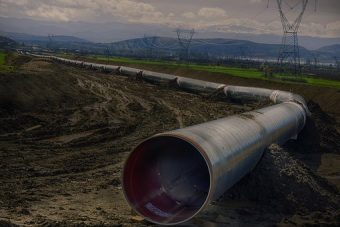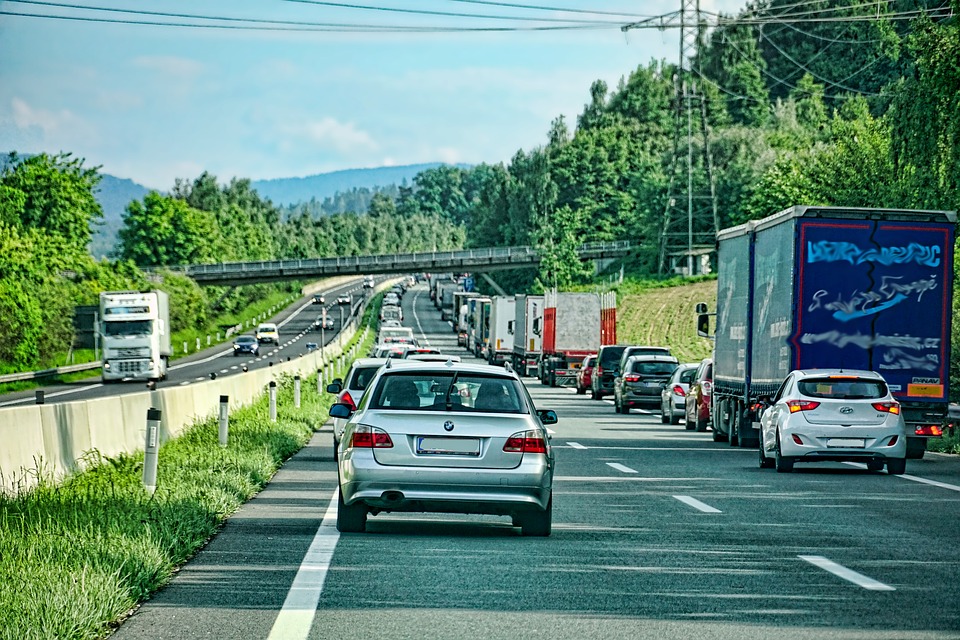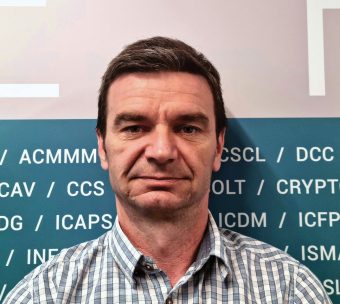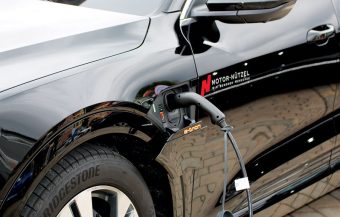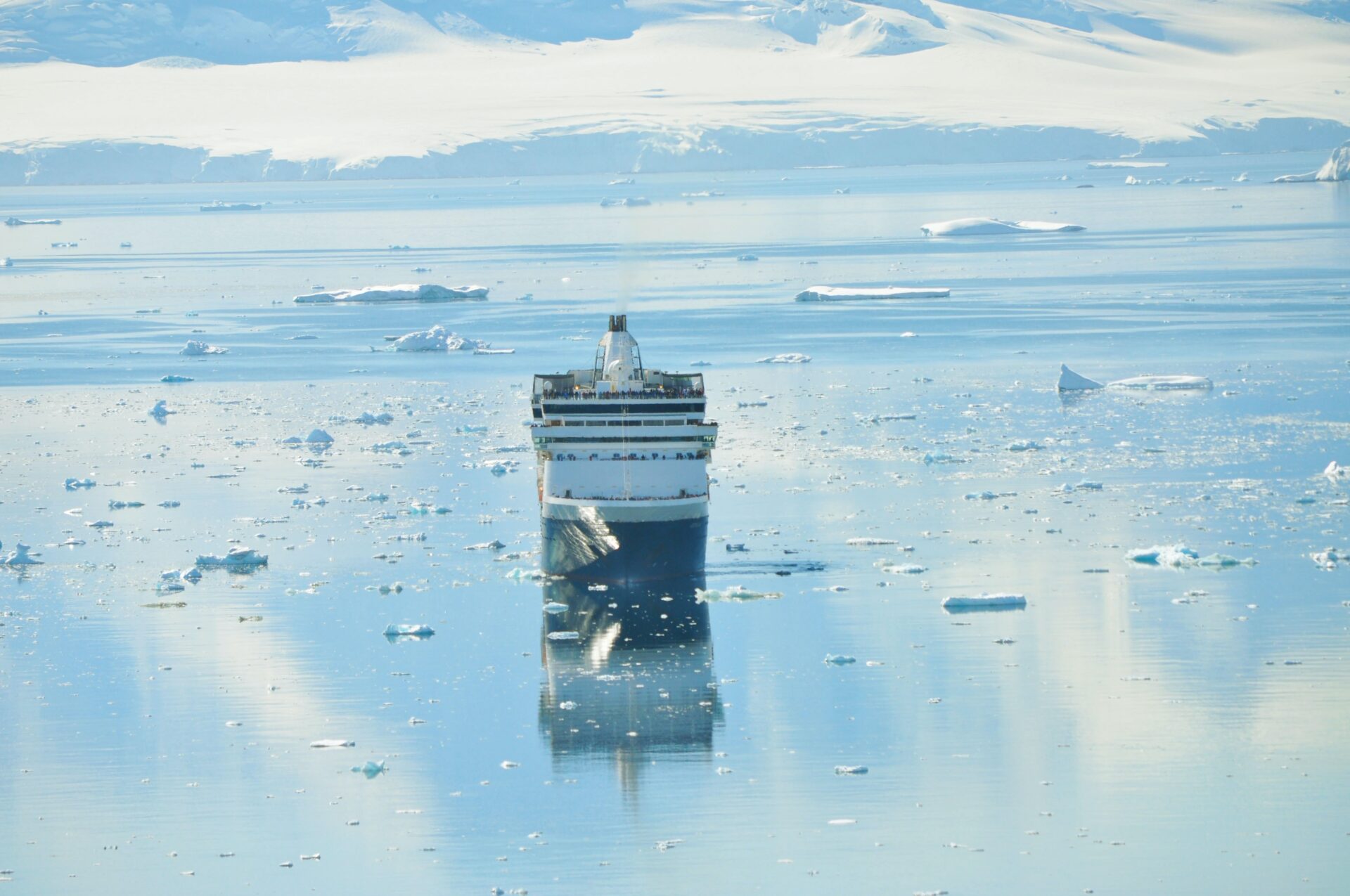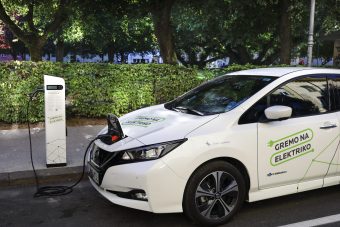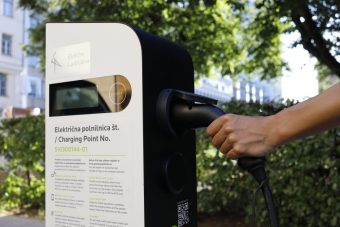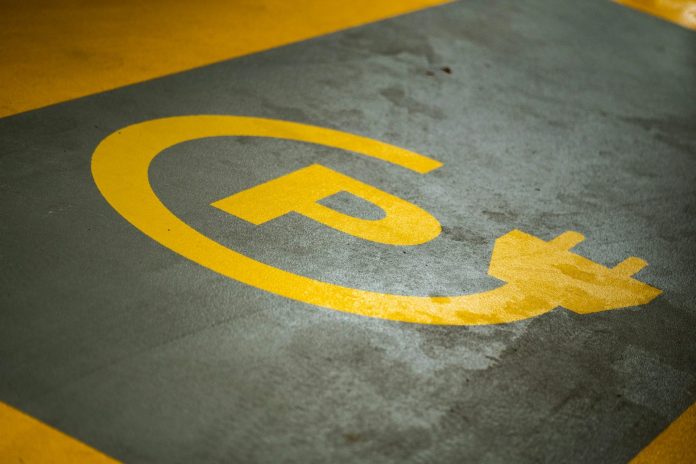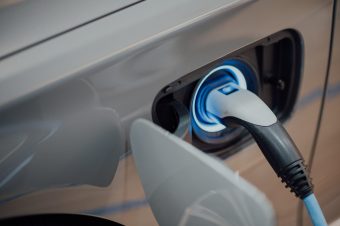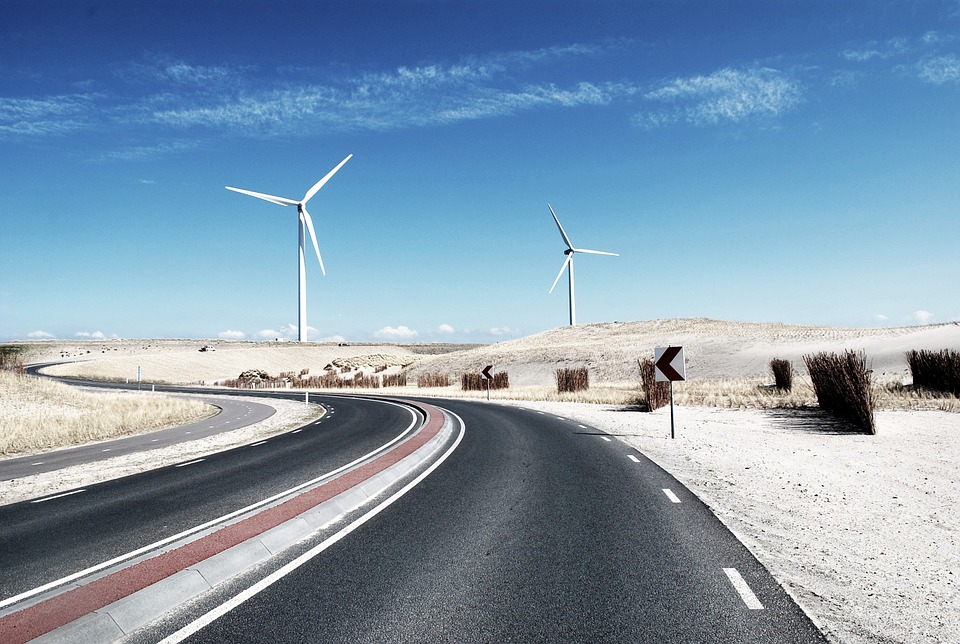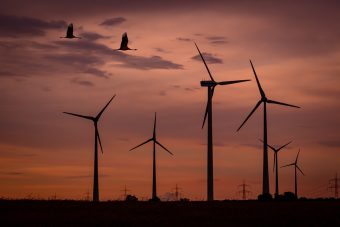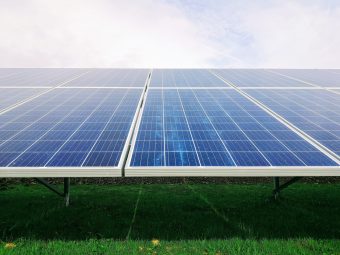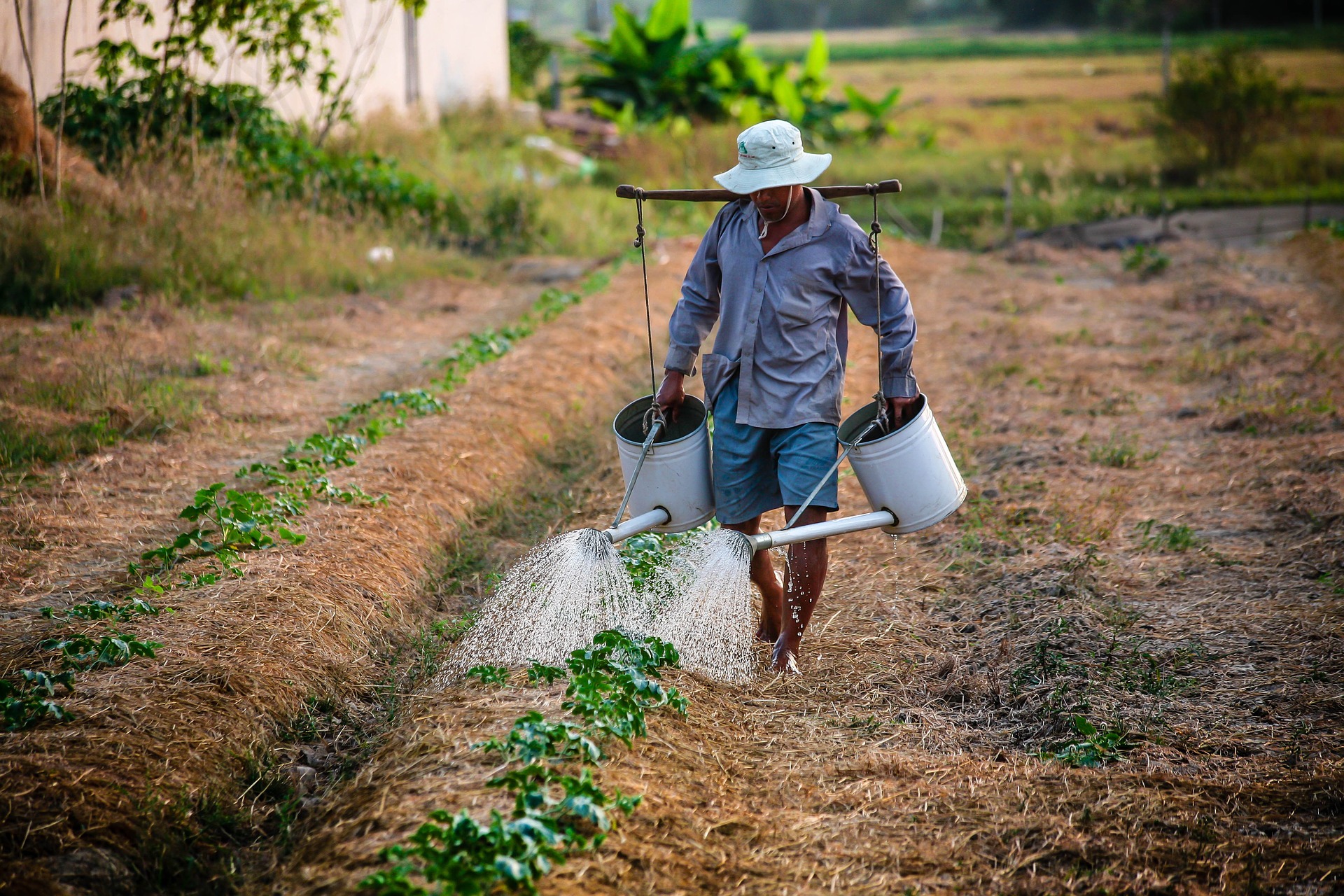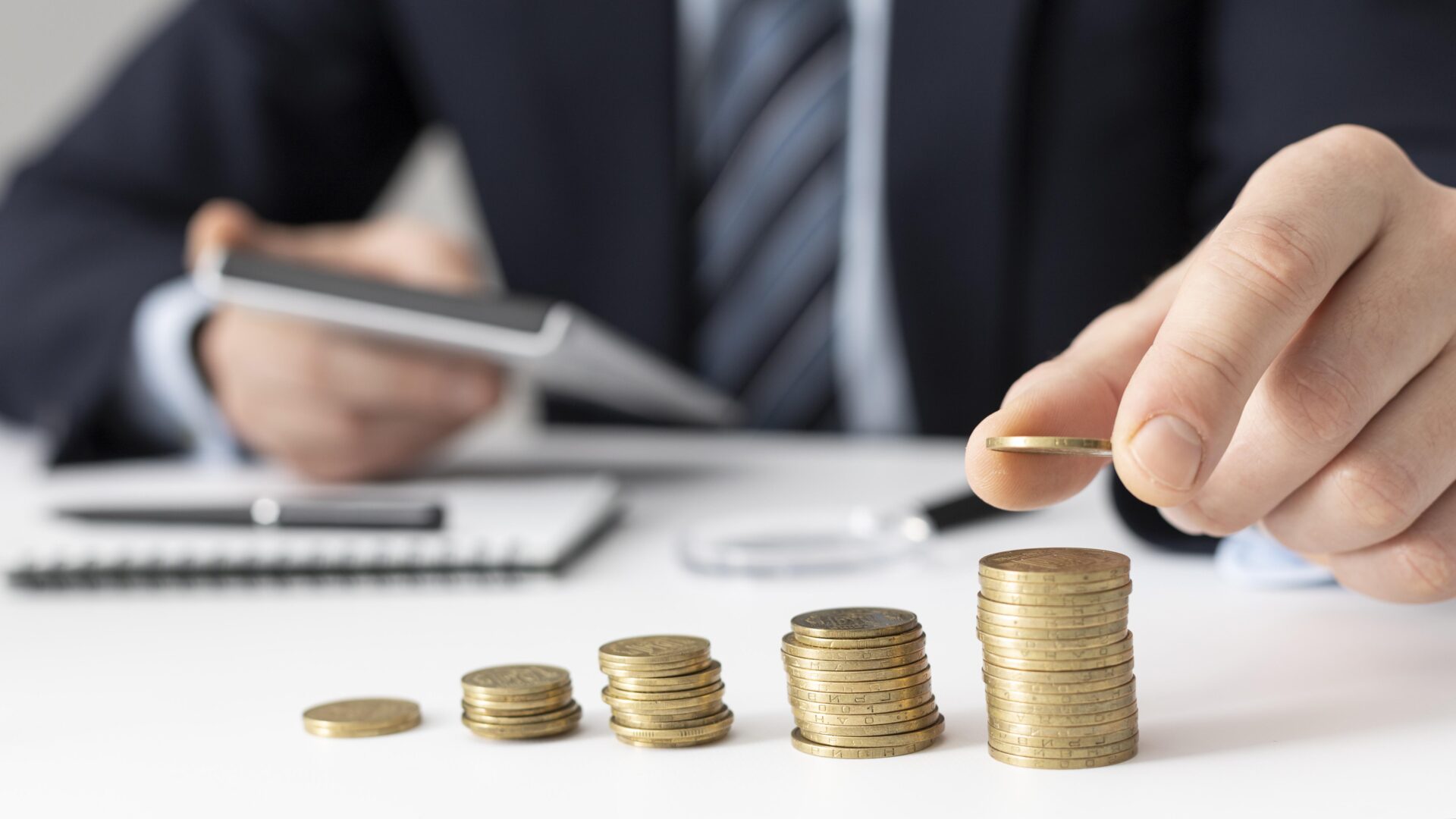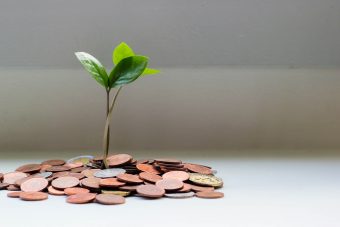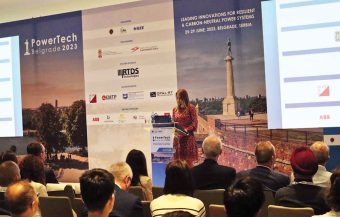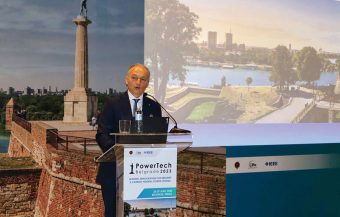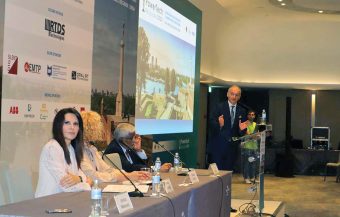
Earning the position of the largest regional distributor of photovoltaic materials requires not only the availability of various products and services, but a sincere understanding of the customer needs resulting in their long-term loyalty. Energetik energija d.o.o. is a company that continuously reaffirms its market position through its business. The availability of reliable and diverse inverters, photovoltaic modules and mounting systems is something that this company can readily offer to its customers. Still, the nuance that sets them apart from other distributors is being a true partner to their customers, satisfying their specific needs, including understanding the problems and challenges that their customers and installers face on a daily basis. To be a successful distributor, it is essential to know what customers want, understand local regulations and be familiar with their preferences and traditions. What sets this company apart is providing assistance throughout the entire process, from initial project planning to problem-solving and beyond.
Respecting the timeline is a very important aspect in this company’s business, which is why they are doing their utmost to respond to their customers’ enquiries as efficiently as possible, ensuring a response by the end of the day or, at the latest, by the next day. This dedication to excellent customer service is a fundamental part of our identity as a company. A team of experienced professionals who have spent 20 years on rooftops and dealing with paperwork for solar installations plays the main role in the company’s good practice. The company offers personalized support in choosing the right products and solutions for their customers’ needs, whether it’s selecting storage options, charging stations, or heat pumps and solutions that take into account the specific needs of every individual while being mindful of their local language, traditions, and challenges.
IN FOCUS:
- CHARGE&GO CONTINUES TO BUILD A NETWORK OF CHARGER
- HOW TO PROPERLY MANAGE ENERGY CONSUMPTION
- HOW TO DEVELOP ELECTROMOBILITY FASTER
This connection between customers and the company’s employees is essential because they aim to be a local and beloved company, embraced by the community in which they operate. Moreover, as the company grows, its focus on being even more rooted locally will remain strong. This is a fundamental aspect. So, in response to the question of what clients can expect from the company’s team of experts, the company says that clients can find someone like them.
In order to bring their support even closer to clients, the company has released the 2023 STORAGE GUIDE as a theoretical introduction to this subject and went even further by offering the STORAGE MAP. This practical document contains datasheets of matching inverters and batteries, all possible combinations available, types of systems: hybrid or AC connections, types of networks, three-phase or single-phase, product warranty in years and percentage of remaining capacity and all data on power and storage capacity. This tool is something that will spare so much time for its users in terms of making new combinations and doing research and with this knowledge, installer’s answers to their customer’s questions are going to be much more effective and trustworthy.
Prepared by: Katarina Vuinac
Read the story in the new issue of the Energy portal Magazine ELECTROMOBILITY.


